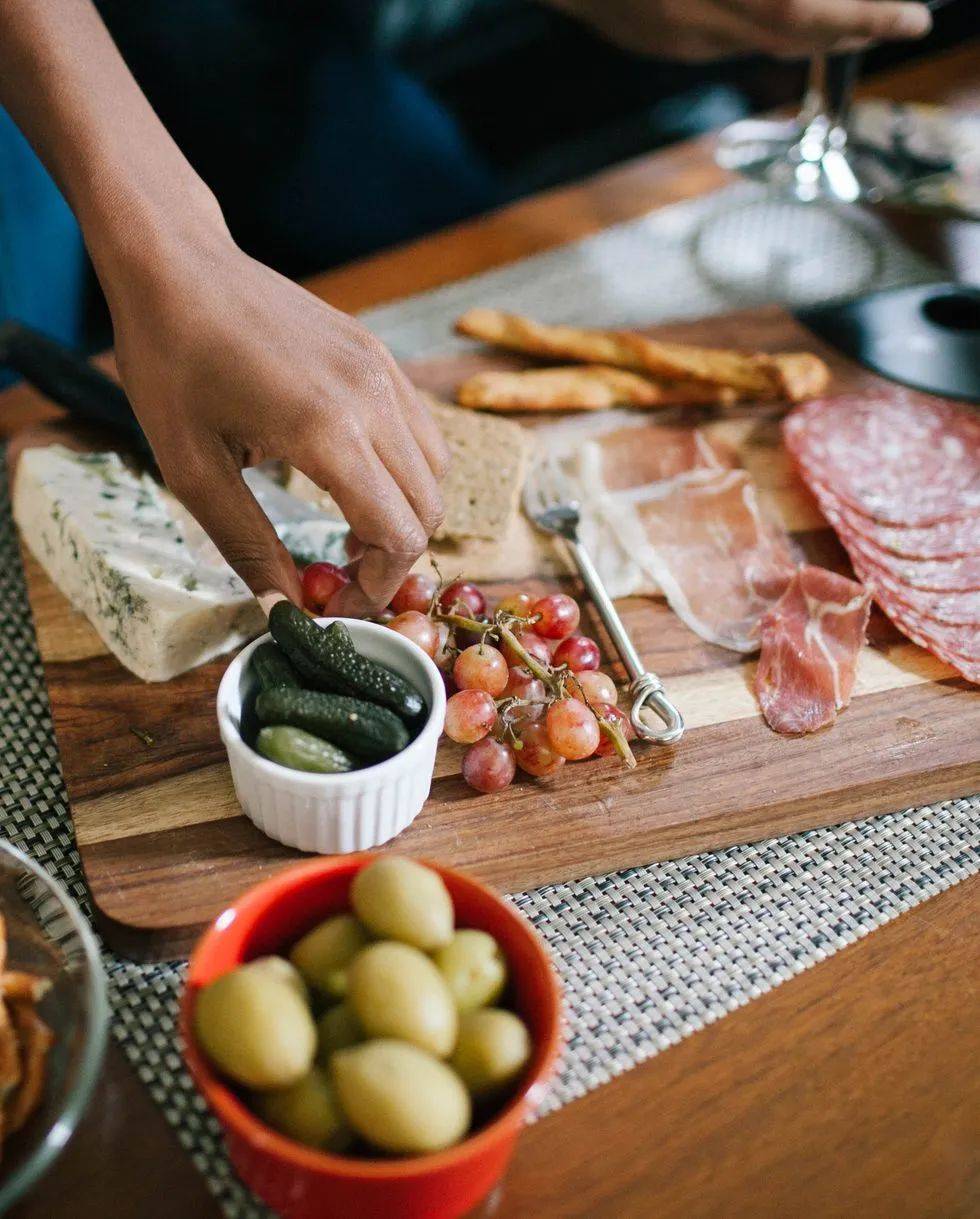The Ultimate Guide to Crafting an Authentic Baguette Recipe at Home
#### baguette recipe authenticThe baguette, synonymous with French culture, is more than just a loaf of bread; it is a symbol of tradition, craftsmanship, a……
#### baguette recipe authentic
The baguette, synonymous with French culture, is more than just a loaf of bread; it is a symbol of tradition, craftsmanship, and culinary excellence. An authentic baguette recipe captures the essence of this iconic bread, characterized by its crispy crust, airy interior, and rich flavor. In this guide, we will explore the intricacies of creating a perfect baguette at home, ensuring you can enjoy this delightful staple in your own kitchen.
#### Understanding the Ingredients
To embark on your baguette-making journey, it’s essential to understand the key ingredients that contribute to its unique flavor and texture. The primary components of an authentic baguette recipe are:
1. **Flour**: High-protein bread flour is ideal for baguettes, as it provides the necessary gluten structure. Look for flour with a protein content of around 11-12%.
2. **Water**: Hydration is crucial in bread-making. The water temperature should be lukewarm to activate the yeast effectively.
3. **Yeast**: Fresh or active dry yeast can be used. Yeast is responsible for fermentation, which creates the bread's airy texture.
4. **Salt**: Salt enhances flavor and controls yeast activity, ensuring a balanced fermentation process.

#### The Process of Making Baguettes
Creating an authentic baguette involves several steps:
1. **Mixing the Dough**: In a large mixing bowl, combine the flour, water, yeast, and salt. Mix until a shaggy dough forms.
2. **Kneading**: Transfer the dough to a floured surface and knead for about 10 minutes until it becomes smooth and elastic. This step develops the gluten, which is vital for the baguette's structure.
3. **First Rise**: Place the kneaded dough in a lightly oiled bowl, cover it with a damp cloth, and let it rise in a warm place for 1-2 hours, or until it doubles in size.
4. **Shaping**: Once the dough has risen, gently deflate it and divide it into equal portions. Shape each piece into a long, thin loaf, ensuring to create tension on the surface of the dough.

5. **Second Rise**: Place the shaped loaves on a floured couche or a baking sheet lined with parchment paper. Cover them and let them rise for another 30-60 minutes.
6. **Scoring**: Preheat your oven to 475°F (245°C) with a baking stone or an inverted baking sheet inside. Just before baking, use a sharp blade to score the loaves diagonally. This allows steam to escape during baking and helps create the characteristic crust.
7. **Baking**: Place the loaves in the preheated oven, adding steam by throwing water into a pan at the bottom of the oven. Bake for 20-25 minutes, or until the baguettes are golden brown and sound hollow when tapped on the bottom.
8. **Cooling**: Allow the baguettes to cool on a wire rack before slicing. This step is crucial to let the interior crumb set properly.
#### Tips for the Perfect Baguette
- **Use a Kitchen Scale**: For accuracy in measurements, use a kitchen scale to weigh your ingredients.

- **Patience is Key**: Allow adequate time for fermentation and rising. Rushing these steps can lead to dense bread.
- **Experiment with Hydration**: Adjusting the water content can affect the texture of your baguette. A higher hydration dough will yield a more open crumb.
- **Practice Scoring**: Scoring your baguettes can take practice. Don’t be discouraged if your first attempts aren’t perfect—each loaf is a learning experience.
#### Conclusion
Creating an authentic baguette recipe at home is a rewarding experience that connects you to the rich history and tradition of French baking. With the right ingredients, techniques, and a bit of patience, you can master the art of baguette-making and enjoy the fruits of your labor fresh from the oven. So roll up your sleeves, gather your ingredients, and embark on this delicious culinary adventure!